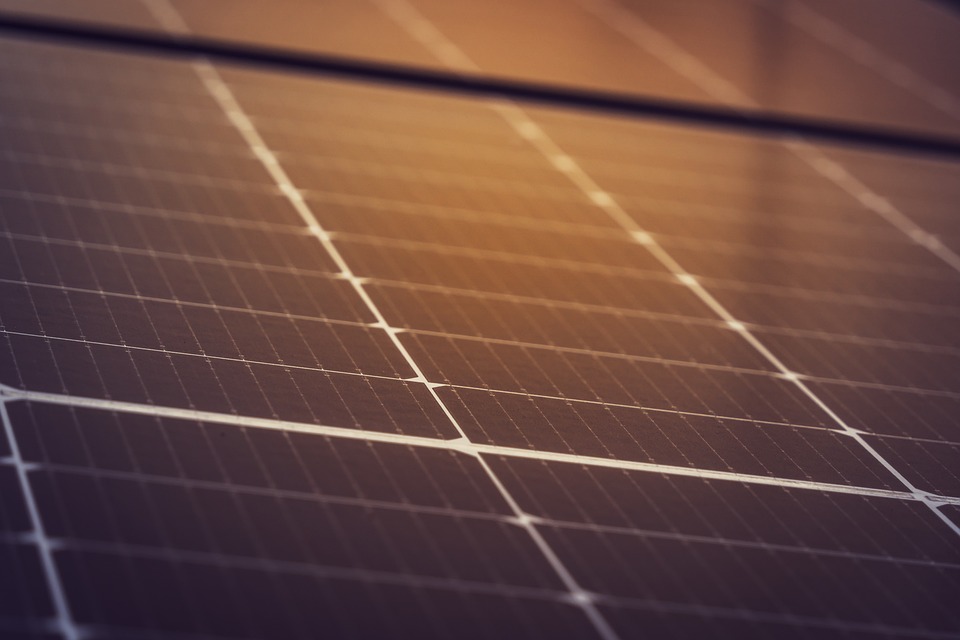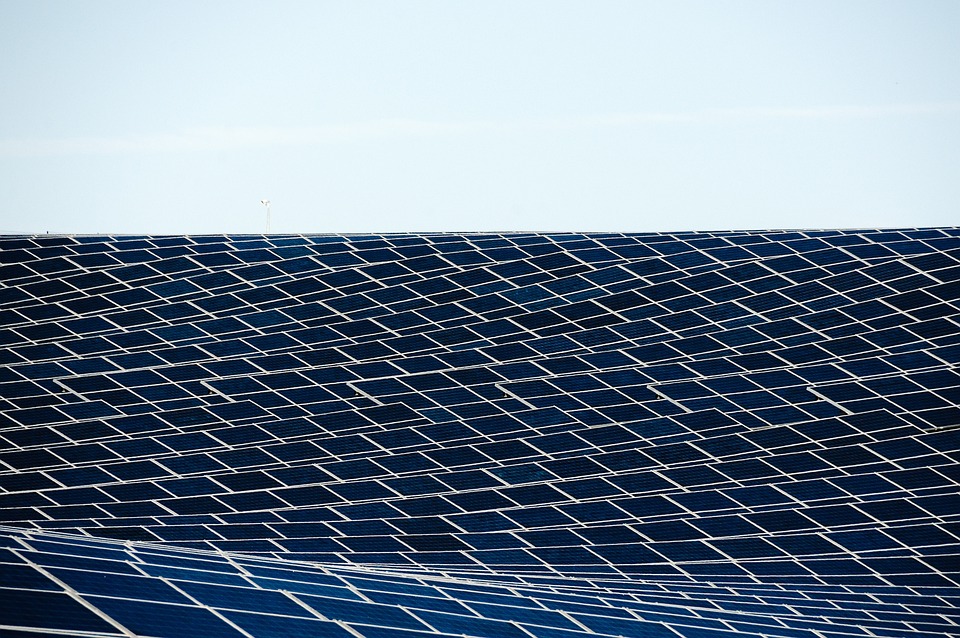Everything You Need to Know About Choosing and Installing Solar Panels
Living off the grid has been one of the most rewarding experiences of my life. From growing my own food to harnessing renewable energy sources, every aspect of living off the grid has brought me closer to nature and self-sufficiency. One of the key components of my off-grid lifestyle is solar panels. These panels have allowed me to power my home sustainably and independently. In this article, I will share everything you need to know about choosing and installing solar panels, so you too can enjoy the benefits of renewable energy. When it comes to choosing solar panels for your off-grid home, there are a few key factors to consider. The first thing to think about is the size of the system you will need. This will depend on your energy consumption habits and the amount of sunlight your location receives. You will also need to determine the type of solar panels that will work best for you. Monocrystalline panels are known for their high efficiency, while polycrystalline panels are more cost-effective. Finally, consider the warranty and reliability of the solar panels you are interested in. Investing in high-quality panels will ensure that your system lasts for years to come. Once you have chosen the right solar panels for your off-grid home, it’s time to install them. This is where things can get a bit tricky, especially if you are not familiar with solar panel installation. The good news is that there are plenty of resources available to help you with the installation process. You can find step-by-step guides online, or even hire a professional to do the job for you. Whichever route you choose, make sure to follow all safety precautions and local regulations when installing your solar panels. Pro tips: 1. Consider installing a solar tracker to maximize the efficiency of your panels. 2. Regularly clean your solar panels to ensure they are working at their full capacity. When it comes to choosing and installing solar panels for your off-grid home, the key is to do your research and plan ahead. By considering factors like system size, panel type, and installation process, you can ensure that your off-grid solar system is efficient and effective. With the right setup, you can enjoy the benefits of renewable energy while living off the grid. So go ahead, harness the power of the sun and start living a sustainable lifestyle today.










